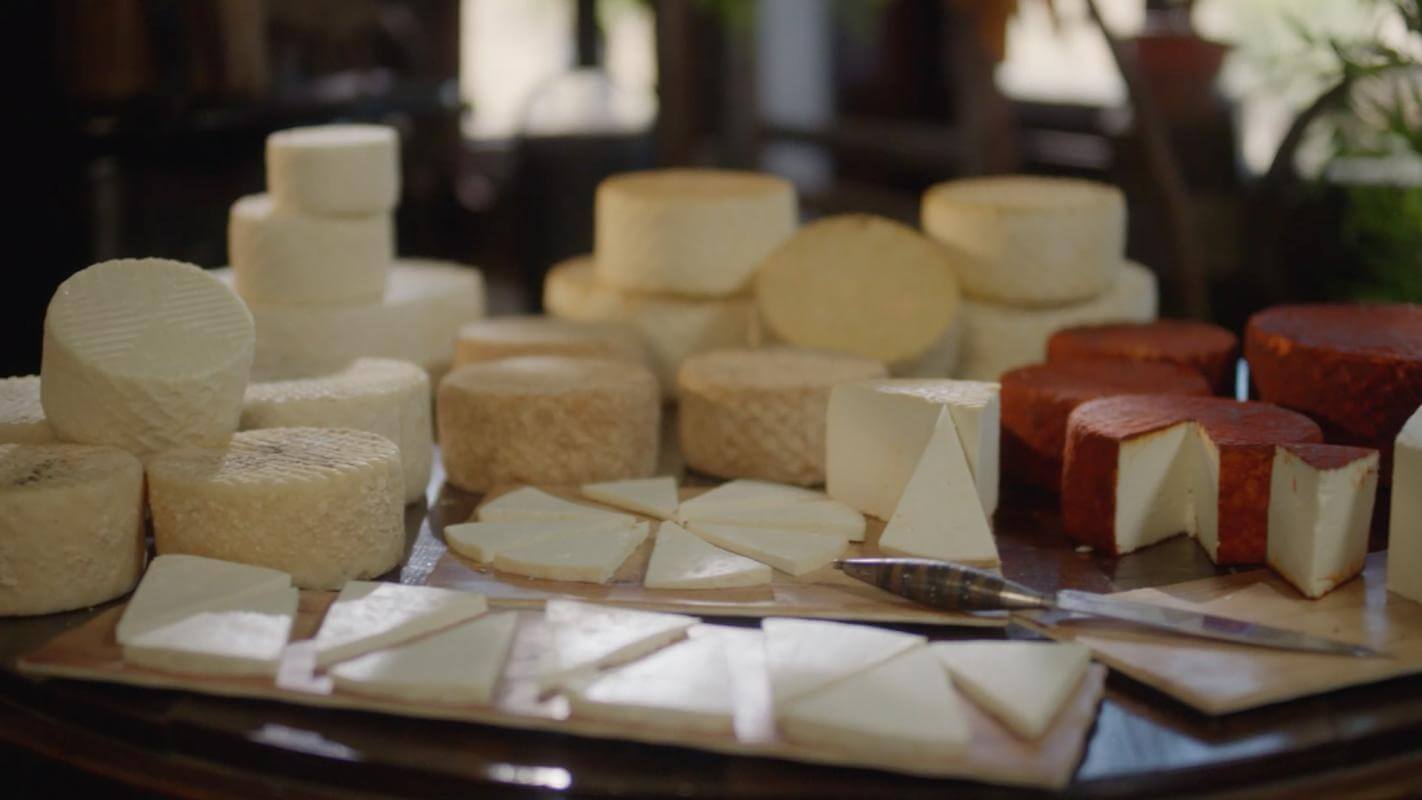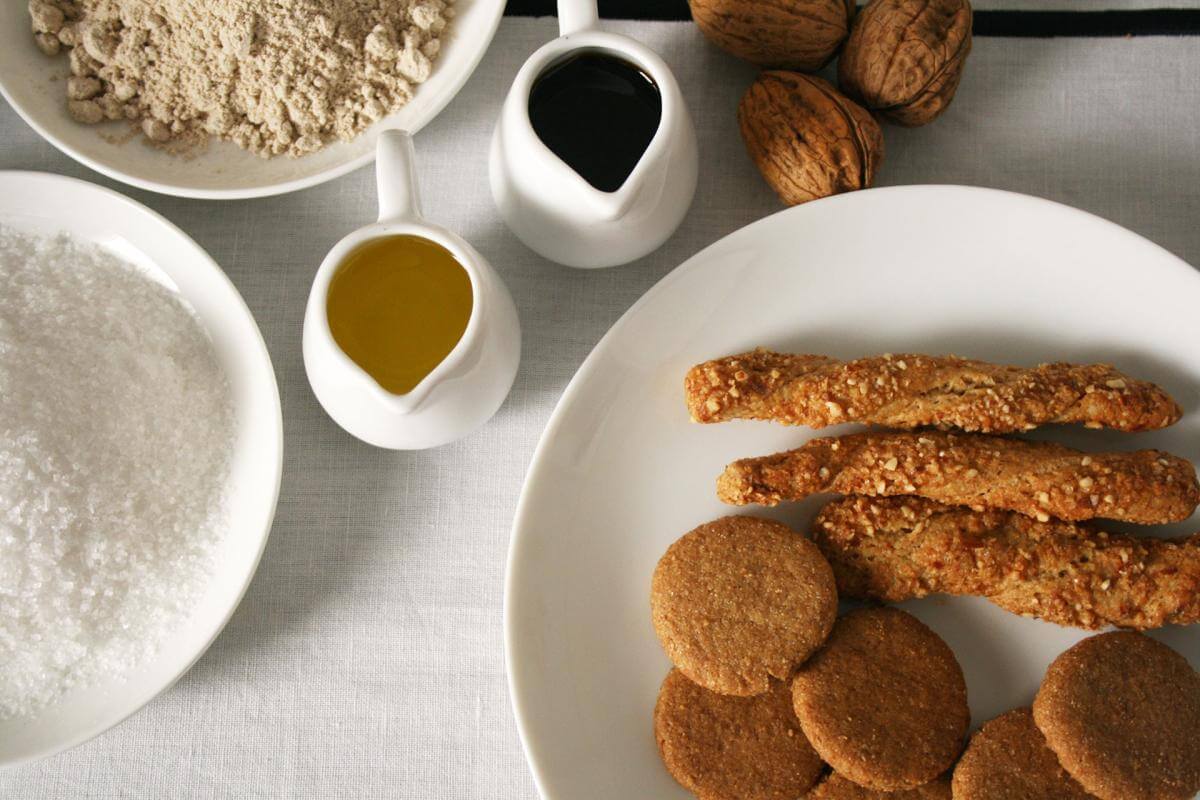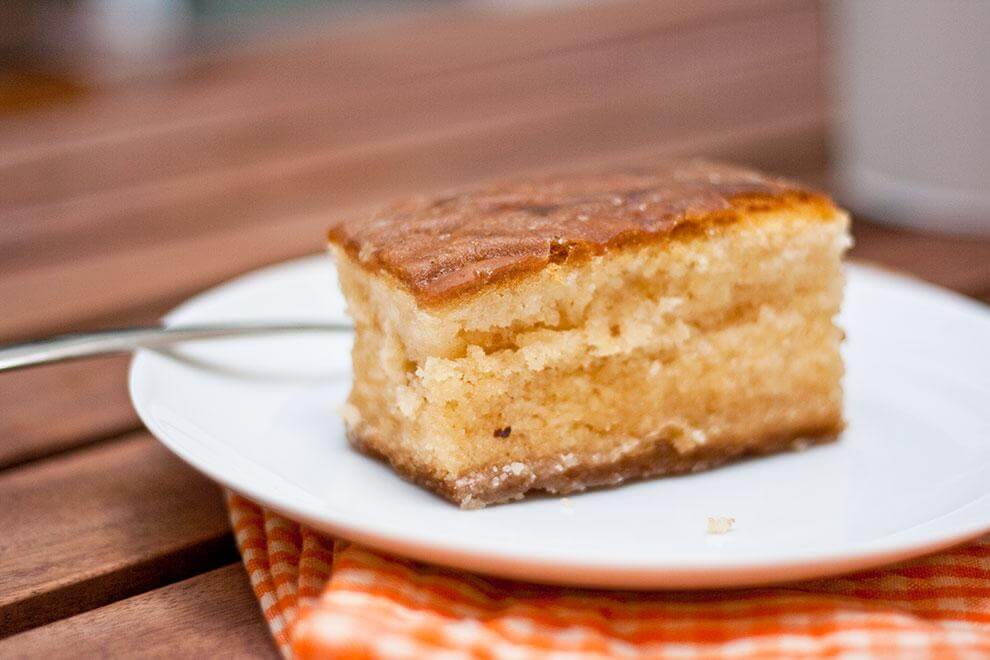Located to the east of La Palma, Puntallana is an agricultural municipality that stands out due to its extensive and fertile banana crops, its eco-finca, and its attachment to tradition. It is also the home of the mythical legend of the Salto del Enamorado.
Historically considered as the granary of the island, in its surroundings you can find fabulous landscapes of laurisilva and Monteverde, steep ravines, as well as the beach of Nogales, one of the best in all of La Palma for surfing.
Tradition and Culture
Visiting Puntallana means traveling to a time when the first trips to America filled the island of La Palma with prosperity and dreams.
Within its historical-artistic heritage, the building that currently houses the Ethnographic Museum and Center for the Promotion of the Sale of Crafts of the municipality is a highlight: Casa Luján. This building of the late seventeenth and early eighteenth centuries houses several rooms in which, based on old furniture, decorative details, textiles and other household goods, different scenes of daily life from the time of colonization are recreated.
Also of note is the church of San Juan Bautista, declared an Asset of Cultural Interest, in the heart of the municipality. The delightful church (and the environment that surrounds it) of Santa Lucia is not to be underestimated.
For those who also want to get to know the agricultural tradition of this municipality, you can do so through its eco-farm or its farmers' market where you can buy fruits, vegetables, honey, cheeses, wines or crafts on Saturdays and Sundays, located right in front of the central Plaza San Juan.









A Walk through the “Tertiary”
Visitors who love hiking must also visit the Cubo de Galga, a green natural space within the Natural Park of Las Nieves that houses some of the best laurisilva in the world.
The official PR LP 5 trail, Fuente Vizcáina - La Galga, which begins in the information and parking cabin of the natural space, offers two options: a simple one, about 2 hours, round trip, taking you through an entire world of large ferns, waiting for the elves to come out from under them, and another of greater difficulty that climbs to the Asomada Alta Viewpoint.

Outdoor Sport
For those visitors who like surfing, Nogales beach is perfect for this sport and one of the most beautiful on the island. If you prefer hiking, there are numerous trails that combine lush vegetation and Monteverde with pictures marked by deep and steep ravines.
Finally, for the most daring visitors, there is the possibility of paragliding . Isla Bonita is a true paradise for the practice of this sport, and one of its main flight areas is located in the municipality of Puntallana.
The take-off point in Puntallana, with north-northeast winds, takes place at 430 meters, while the landing, at 240 meters, is made on the fields adjacent to the road. Another nearby landing point is the beach of Nogales, with fine black sand, and one of the most beautiful on the island.
Finally, lovers of trail running have an ideal space in this municipality to train for the mountain races. Puntallana has one of the most popular races: the Cabra Trail.






A Legendary Viewpoint
But if Puntallana is known for something, it’s for giving rise to the legend of the Salto del Enamorado, which tells a tragic love story between a shepherd and his beloved. According to this legend, a young shepherd asked for the hand of a young woman, who only agreed to grant it on one condition: if he could go around a cliff hanging from a stick three times, she would marry him. The excited young man attempted the feat, but perished in the attempt, giving rise to the legend.
Today, a statue in honor of the young couple can be seen at the Salto del Enamorado viewpoint, located 439 meters above sea level. From this astronomical viewpoint , which is accessed by road from the municipality, you can see another of Puntallana's great treasures: its incredible night sky full of stars. .
Festivities
Puntallana also hosts one of the most crowded pilgrimages on the island, which takes place at the end of August on the occasion of the festivities in honor of San Bartolomé. This festivity is a good example of the palm traditions and pilgrimages in which the locals dress in their typical costumes, and carry baskets with Saborea La Palma products such as escacho, chicharrones, marquesotes, almondrados, almonds or figs.















